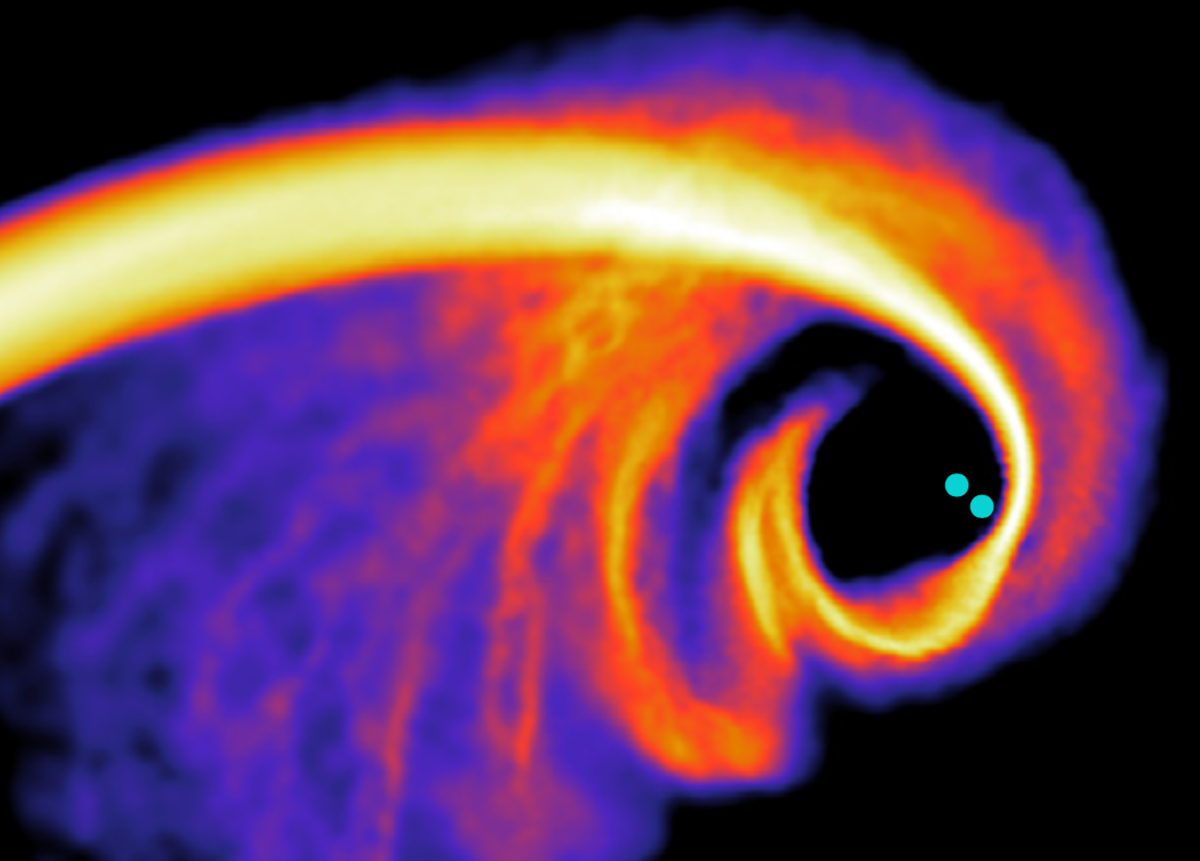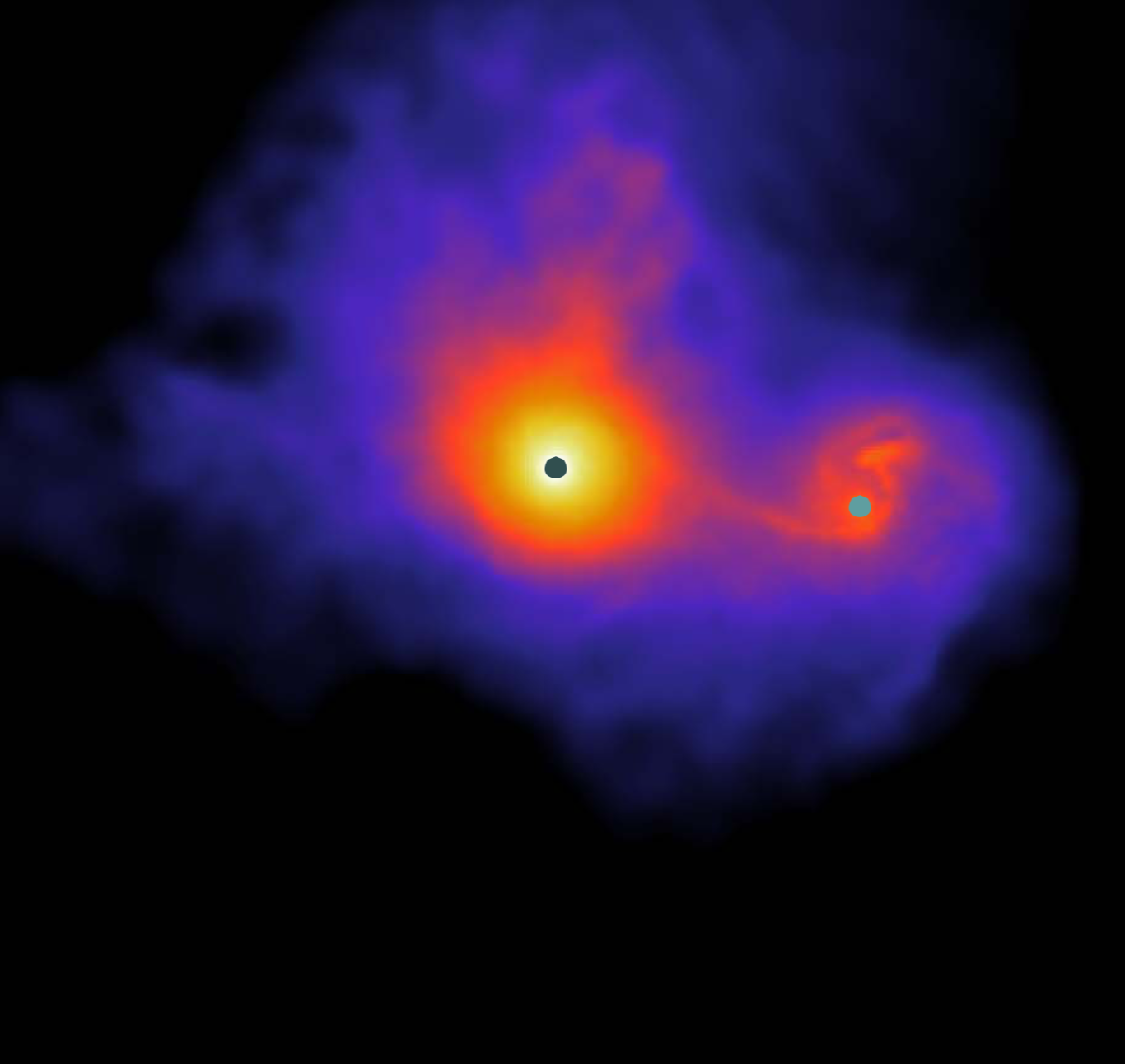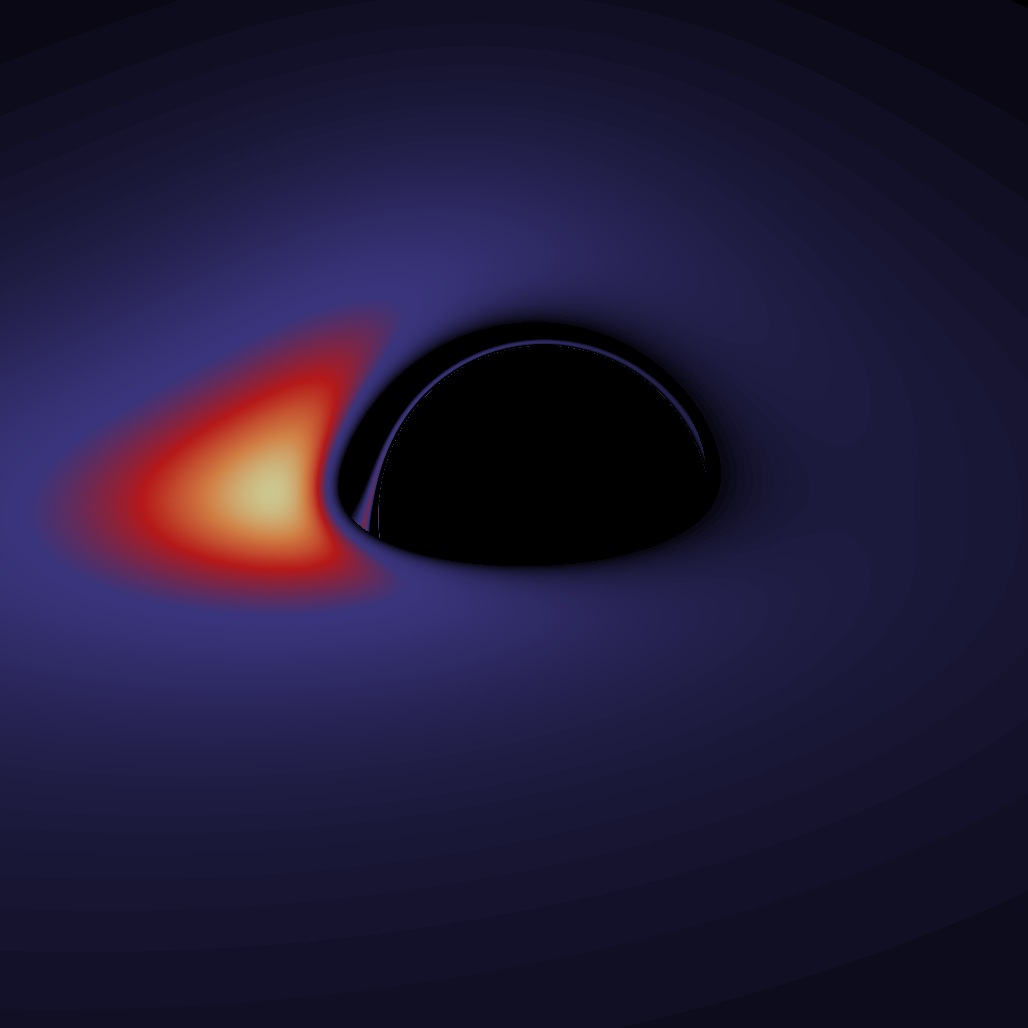Projects

Tidal Disruption Events by LIGO BH binaries
This paper by Martin Lopez Jr. studies the effects of Tidal Disruption Events (TDEs) on the mass and spin of BH binaries within a stellar cluster.

Supernova and BH formation in close binaries
This paper by Sophie L. Schrøder studies the mass and spin of BHs formed in Fallback Supernova.

Page-Thorne accretion disk around a Kerr BH
This image created with GYOTO shows how a Page-Thorn accretion disk around a spinning BH would look to an observer at a 70 degrees inclination angle.